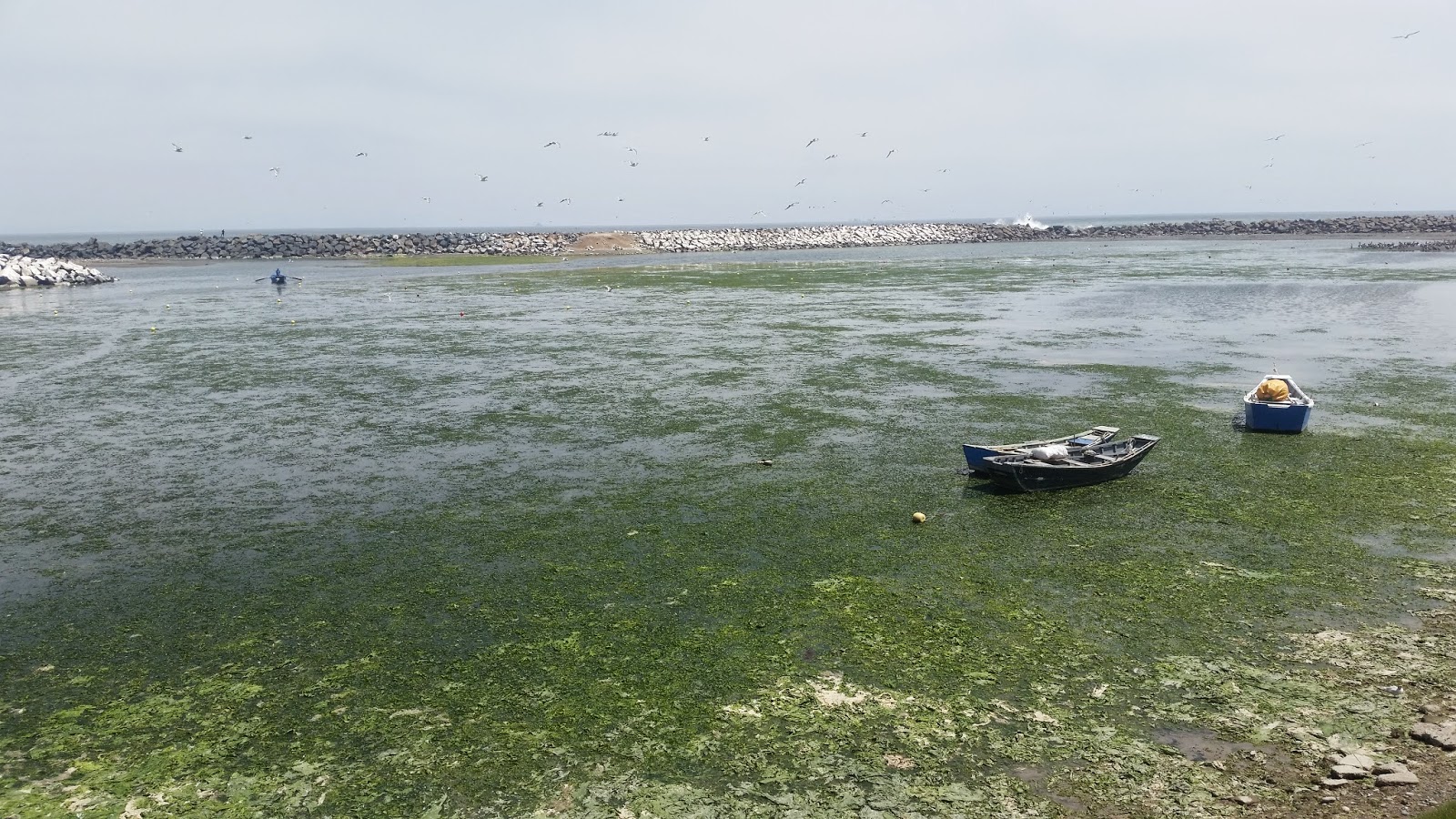See all HR resources could take a few minutes depending on your internet.
Tuesday, December 30, 2014
Wednesday, December 10, 2014
[Off Topic] 10 Compromisos para una Pesca Responsable y Sostenible
Excelente iniciativa, y fuerza de opinión, para promover el buen manejo y explotación de recursos marinos en Perú
Sin embargo, agrego lo siguiente (desde otra perspectiva):
Thursday, November 27, 2014
Birding at coastal areas from Peru
Amazing gathering of seabirds at Central Peru (Callao)
By these days, this image is repeated along Peruvian coastal border. Here you can see this interesting video.
Birds are everywhere
A (mini) macroalgal bloom at Central Peru (La Punta, Callao)
This appear be a recurrent state in this small ecosystem called 'La Arenilla'.
Although these macroalgae (Ulva spp.) extensions (< 2 km) do not reach the large dimensions of other cases (Liu et al., 2013. Click here to read the paper), they occupy a relatively large area of this site, providing protection for larval and juvenile fish species.

Thursday, November 6, 2014
Friday, October 24, 2014
Monday, September 22, 2014
Symposium on Marine Ecosystem Acoustics, Nantes-France 2015
The
ICES Symposium on “Marine Ecosystem Acoustics (Some Acoustics)– observing the ocean interior in support of integrated management” will be held in Nantes, France from
Monday 25 to Thursday 28 of May
2015, with
Tom Weber (USA), Nils Olav Handegard (Norway) and Verena Trenkel (France) as conveners...more information here
World Conference of Marine Biodiversity 2014, Huanghai-China [Theme/Sessions]
Theme 1: Marine Biodiversity & Global change
Theme 2: Marine Ecosystem Structure & Function
Theme 3: Marine Ecosystem Safety
Theme 4: Marine Biological Observation
Theme 5: Marine Biological Resources
Theme 6: Deep sea Biodiversity
Further information here
Tuesday, September 9, 2014
VII Foro Iberoamericano de los Recursos Marinos y la Acuicultura
Más información en la Página Oficial del Evento
Thursday, August 28, 2014
Wednesday, August 6, 2014
Tuesday, July 15, 2014
Tuesday, July 8, 2014
Monday, May 19, 2014
Is El Niño Developing? A NASA News
Data from ocean-observing satellites and
other ocean sensors indicate that El Niño conditions appear to be developing in
the equatorial Pacific Ocean. Conditions in May 2014 bear some similarities to
those of May 1997, a year that brought one of the most potent El Niño events of
the 20th century.
During an El Niño, easterly trade
winds in the Pacific falter and allow giant waves of warm water—known asKelvin waves—to drift
across from the western Pacific toward South America. Surface waters in the
central and eastern Pacific become significantly warmer than normal, altering
weather patterns and affecting fisheries along the west coasts of the Americas.
El Niño also can have a significant influence on weather and climate far from
the tropics.
The maps above show the ten-day average of sea surface
height centered on May 2, 1997 (left), and May 3, 2014. Shades of red and
orange indicate where the water is warmer and above normal sea level. Shades of
blue-green show where sea level and temperatures are lower than average. Normal
sea-level conditions appear in white. The 1997 map was assembled from data
collected by the TOPEX/Poseidon satellite, while
the 2014 data comes from the Ocean Surface Topography Mission/Jason 2
satellite.
The height of the sea surface is a good indicator of the
amount of heat stored in the water. As the ocean warms, the surface rises; as
it cools, its falls. This is due to thermal expansion and
contraction; the molecules in warmer water are farther apart than in cooler
water. Above-normal sea surface heights in the equatorial Pacific indicate El
Niño conditions, while below-normal heights indicate La Niña. (You can see an
example of La Niña here and El Niño here.)
“What we are now seeing in the tropical Pacific Ocean
looks similar to conditions in early 1997,” said Eric Lindstrom, oceanography
program manager at NASA headquarters. “If this continues, we could be looking
at a major El Niño this fall. But there are no guarantees.” Observations from a network of sensors within the
Pacific Ocean support the satellite view, showing a deep pool
of warm water that has been sliding eastward since January.
More information: http://earthobservatory.nasa.gov/
Subscribe to:
Posts (Atom)
















































